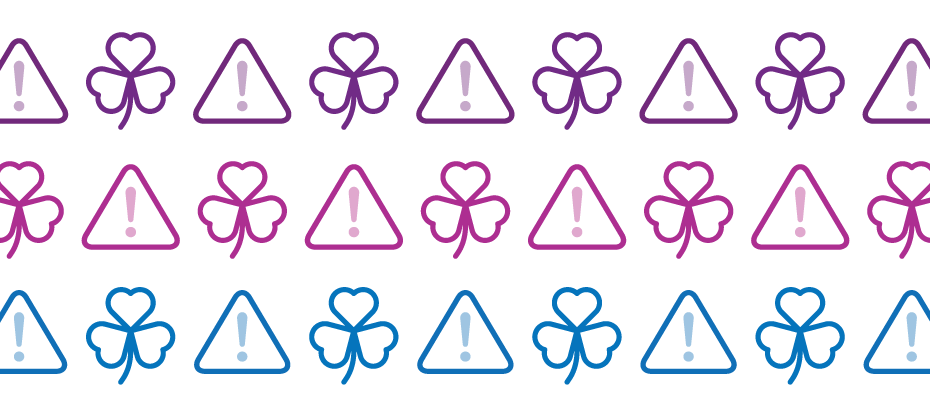
Reports of romance scams have spiked in the past two years, partly due to the rise in popularity of online dating and social apps while Americans were isolated at home. With more consumers looking for love online, fraudsters have jumped on the chance to build intimate, trusted relationships without the immediate pressure to meet in person. And these shams seemingly paid off: from January 1 to July 31, 2021, the Federal Bureau of Investigation (FBI) Internet Crime Complaint Center received over 1,800 complaints related to an online romance scam, resulting in losses of approximately $133 million.
These romance scams carry financial and security risks that impact both the targets of the fraud and the businesses with which they interact. Experian predicts that romance scams will continue to rise in 2022, leaving consumers and businesses vulnerable to attacks and theft.
What is a romance scam?
According to the FBI, a romance scam occurs when “a criminal adopts a fake online identity to gain a victim’s affection and trust.” Typically, fraudsters seek out their marks in dating or socializing settings, such as online apps, and strive to build intimacy and trust as quickly as possible. To avoid suspicion, they may claim that they travel frequently for work or give other excuses about why they can’t meet in person. Their attentions are in the context of love and dating, so it’s not uncommon for romance scammers to offer marriage proposals or other commitments to intensify the relationship, but the whole point of this fraud is to get their targets to send money.
Sometimes fraudsters simply ask for a “loan” to cover medical expenses, an unforeseen shortfall or even travel costs to see the victim in person. Other times, they might ask for gifts or gift cards. Requests for money – whether through direct deposit, gift cards or credit card payments – are all red flags. Increasingly, romance scammers have tried to lure people into investment deals, including cryptocurrency.
Romance scams predate the internet by centuries, but the emergence of digital technologies has made them easier to accomplish – and easier to get away with, too.
Romance scams are increasing
In 2020, there were around 44 million users of online dating services in the United States and this increased to 49 million users in 2021, according to Statista Research Department. By 2022, two years into the COVID-19 pandemic, that number jumped to more than 50 million, and it’s projected to rise to 53.3 million by 2025.
More users mean more potential targets. According to the Federal Trade Commission (FTC), romance scams hit a record high in 2021, with consumers reporting $547 million in losses that year – up 80 percent from 2020. The median individual loss reported to the FTC from romance scams was $2,400.
With the help of modern technologies, romance scammers have added new tactics to their grift. For example, in addition to usual requests for money, a target might be asked to participate in bogus investment schemes involving cryptocurrency. In these cases, the median loss was $10,000.
According to the FTC, romance scammers have conned Americans out of an estimated $1.3 billion over the past five years.
Worryingly, romance scams also present a serious data risk. Damage could spread beyond financial losses into even more hazardous territory if the scammer can gain access to a target’s personally identifiable information (PII) or financial data. In these cases, fraudsters might engage in identity theft to create new accounts or take over existing ones.
Breaking up with romance scammers
Businesses may not be susceptible to the lure of love, but they’re still vulnerable when it comes to the fallout from romance scams. Companies must ensure they have a layered solution that seamlessly recognizes returning customers, while monitoring for indicators that the user presenting an identity is not actually the owner of that identity. Some warning signs include logins from a new IP address nowhere near the user’s registered physical address; unusual types or frequencies of transactions; and the addition of a suspicious new authorized user to a credit card account.
Businesses also have access to fraud prevention help. Using vast data resources, decades of identity and credit risk management, consumer-permissioned data and industry-leading analytics, Experian enables businesses to detect and prevent fraud by identifying credible customers. This empowers businesses to apply the appropriate amount of friction to each interaction to protect their customers, their data and themselves.
To learn more about how Experian is assisting businesses with their fraud prevention efforts, visit us or request a call. And keep an eye out for additional in-depth explorations of our Future of Fraud Forecast.


